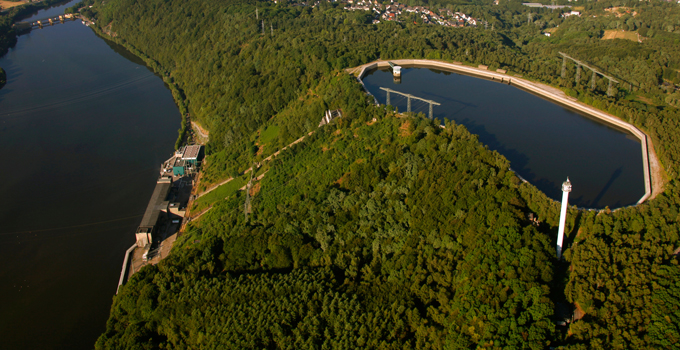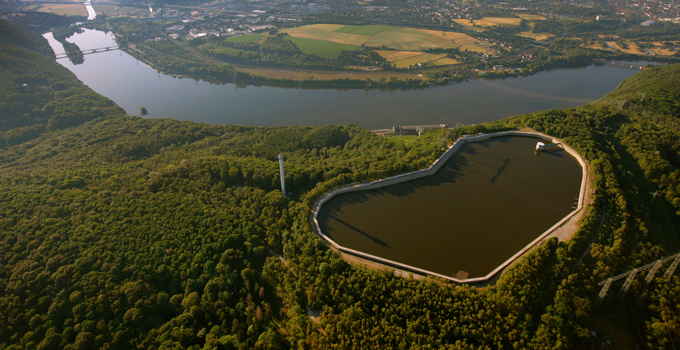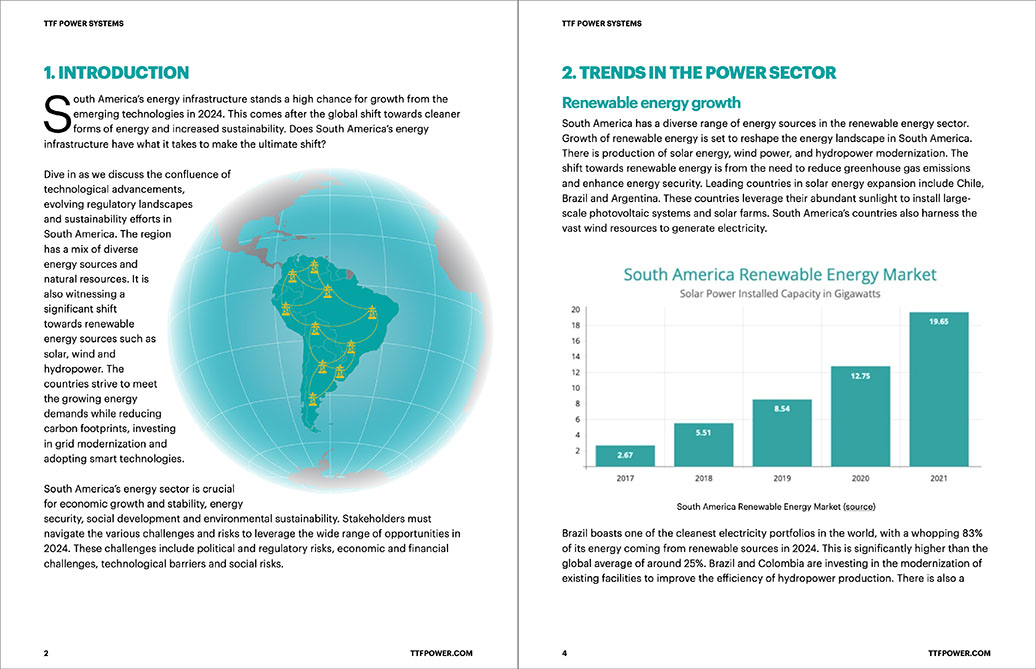
Pumped hydro storage in South America is becoming more popular as the focus shifts towards renewable energy. It entails storing energy by pumping water to higher elevations and then releasing it to generate power as needed. Continued investments in pumped hydro storage may improve the dependability and efficiency of renewable energy systems. The region’s geography is excellent for the development of pumped hydro storage. For example, the Andes mountain range provides suitable areas for pumped hydroelectric projects. The regions offer elevation differences and access to water supplies. Pumped hydro storage offers solutions for integrating with renewable energy sources. This addresses the intermittent nature of these resources and helps to balance the grid.
Pumped hydro storage for energy production
Pumped hydro storage is a dependable and effective method for balancing energy supply and demand. It uses a simple and effective energy generating technique. During periods of low electricity demand, electric pumps transfer water from a lower reservoir to an upper reservoir. When electricity demand is strong, the stored water flows back into the lower reservoir. It passes via turbines, which generate electricity. This converts potential energy into electrical energy, which helps to balance the grid. An anchor rod is a component that holds the guy wires that stabilize and maintain transmission towers.
Pumped hydro storage enhancements in South America
South America is seeing some much renovations as the area focuses more on renewable energy. These enhancements are reshaping the region’s energy environment by updating existing infrastructure, implementing innovative technologies, and increasing storage capacity. The modifications also position South American countries as important players in pumped hydro storage energy production. Here are some of the improvements and breakthroughs in pumped hydro storage in South America.

- Hybrid systems combining with other renewables – the region is exploring hybrid systems that combine PHS with other renewable energy sources. These hybrid systems enable the storage of excess energy generated during sunny or windy conditions. This integration will help stabilize the grid and maximize the use of renewable resources.
- Grid integration and transmission upgrades – electrical grid and transmission infrastructure upgrades help to realize the benefits of PHS. The region is investing in grid enhancements that ease integration with other energy sources. The upgrades also allow the seamless transfer of stored energy from PHS plants to areas with high demand.
- Advanced monitoring and control systems – these systems use real-time data to optimize the operation of the plants. They track water levels, turbine speeds and grid conditions to enhance performance.
- Variable speed pump-turbines – these turbines allow for more efficient and flexible energy storage. They can adjust their speed to match grid conditions and optimize energy transfer. The speed turbines are able to enhance the ability of solar, wind and pumped hydro storage.
- Modernization of existing hydropower facilities – there are upgrades on hydropower facilities to integrate PHS capabilities. These plants can store excess energy generated during low-demand periods.
Difficulties of upgrading in South America
Upgrades to pumped hydro storage in South America provide various benefits to the energy industry. However, it faces some problems that may have an impact on acceptance and development. These challenges are both technical and socioeconomic, influencing the rate and scope of PHS development. The South American government should address these difficulties with strong policies, innovative engineering solutions, and community engagement. The following are the obstacles to these upgrades.

- High initial capital costs – upgrading existing pumped hydro storage facilities needs significant investments. This includes costs associated with excavation, construction of reservoirs and installation of turbines and pumps.
- Environmental and regulatory hurdles – the construction or expansion of PHS facilities involves altering natural bodies or creation new ones. This may affect local ecosystems, water quality and may displace communities. The projects must also follow a variety of environmental, land use and water rights regulations.
- Technical challenges – integrating older PHS systems with modern renewable energy sources and grid management systems can be challenging. Implementing new technologies in existing facilities may need overcoming technical hurdles.
- Grid integration and infrastructure development – outdated infrastructure lacks the capacity to handle the extra energy. Upgrading the grid therefore becomes a challenge that requires investment and planning.
- Social and community concerns – creation of new reservoirs can lead to the displacement of communities. The local communities may oppose PHS projects due to concerns over changes to their environment.
